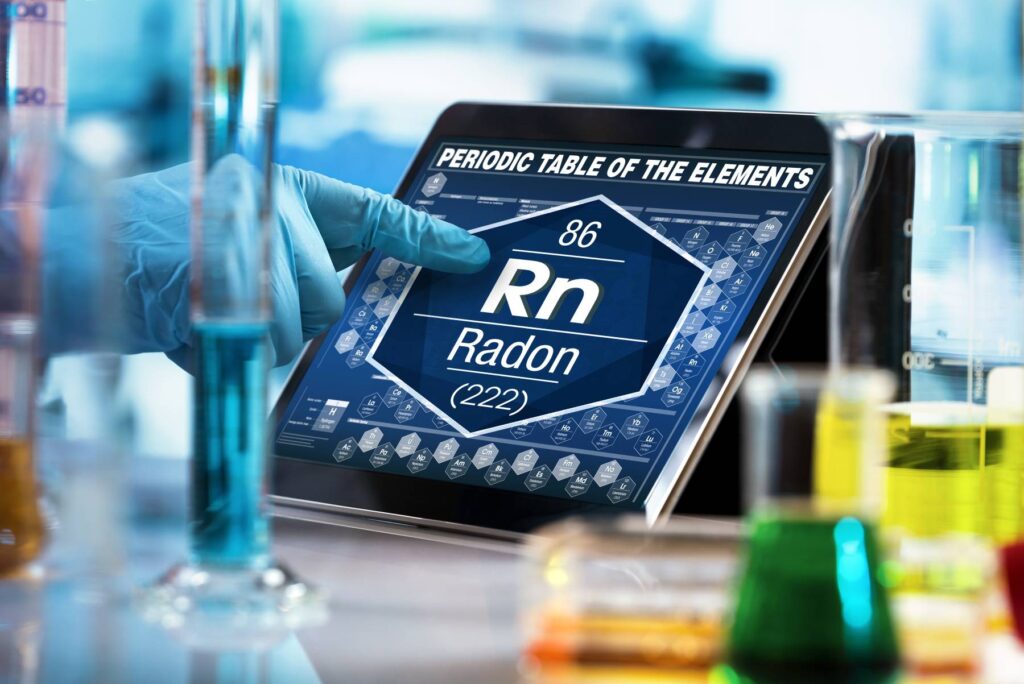What’s This Radon Test All About? (And Why You Shouldn’t Open the Windows 🚪🪟)
Hey there! If you’re reading this, it probably means you saw one of our door hangers and noticed there’s a radon test happening in your home. First off—thanks for being here and helping us out! Let’s take a minute to explain what this is all about, and why it’s important to keep the home closed during testing.
What Is Radon, Anyway?
Radon is a naturally occurring radioactive gas that forms in the ground. It’s completely invisible—you can’t see it, smell it, or taste it. But here’s the kicker: long-term exposure to high levels of radon is the second leading cause of lung cancer in the U.S., right after smoking.
The only way to know if it’s in a home is to test for it. That’s what we’re doing here!
What’s a Radon Test?
A radon test is a short-term sampling of the indoor air in your home, using a professional-grade monitor that stays in place for at least 48 hours. This gives us a reliable measurement of the home’s radon levels.
This test is often part of a real estate transaction, but it’s also useful for anyone who wants to better understand the air quality in a home.
Why the House Has to Stay Closed
To make sure the test is accurate, the home needs to be in “closed-house conditions” for the full 48 hours. That means:
- No open windows
- Keep exterior doors closed as much as possible
- Limit use of fans that bring outside air into the home
Why does this matter? Radon comes from the ground—not the outside air—so if the house is open, the levels can appear lower than they actually are. That means the test wouldn’t reflect the true air quality in the home, and we might have to restart the process. Nobody wants that.
What Happens After the Test?
Once the test is complete, the monitor will be picked up and the results shared with the client who requested the test—usually the buyer or their real estate agent. If you’re the seller or current occupant of the home, they may choose to share the results with you, especially if elevated radon levels are found.
In most cases, if radon levels are high, a simple mitigation system can be installed to reduce them. These systems are effective and commonly used across the U.S.
Thanks for Helping Us Get Good Results 🙌
Keeping the house closed might be a small inconvenience, but it makes a big difference. Your cooperation helps ensure accurate testing and keeps everything on track for the folks buying (or selling) the home.
Have questions about the test or radon in general?
We’re happy to help anytime.

